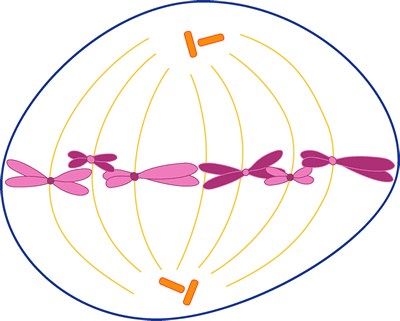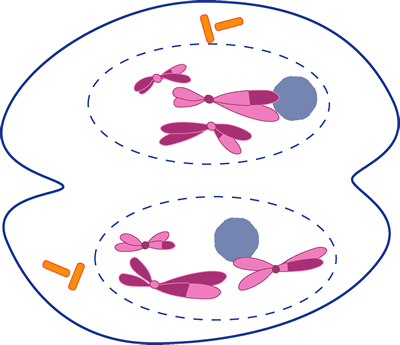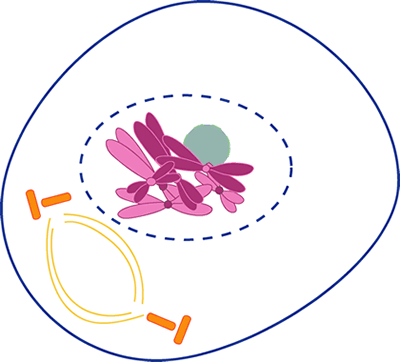Introduction:
1. DNA is unique for everyone. The only exception is if a person has what?
1. DNA is unique for everyone. The only exception is if a person has what?
An Identical Twin
2. What are DNA fingerprints used for?
2. What are DNA fingerprints used for?
DNA fingerprints can be used for anything from determining a biological mother or father to identifying the suspect of a crime
Part 1 “It Takes a Lickin”
3. What “crime” was committed?
Part 1 “It Takes a Lickin”
3. What “crime” was committed?
Someone licked Jimmy Sweet’s holographic NOVA lollipop.
4. What bodily fluid was removed from the “crime scene” to get DNA?
4. What bodily fluid was removed from the “crime scene” to get DNA?
Saliva
Part 2 “DNA Fingerprinting at the NOVA Lab”
5. What does a restriction enzyme do?
Part 2 “DNA Fingerprinting at the NOVA Lab”
5. What does a restriction enzyme do?
Cuts that long DNA molecules at different locations.
6. What is agarose gel?
6. What is agarose gel?
A thick, porous, Jello-like substance. It will act like a molecular strainer.
7. What is electrophoresis?
The process of moving molecules with an electric current
11. Which chemical in your “virtual lab” is radioactive?
The probes.
8. Smaller fragments of DNA move ____________ than longer strands?
Farther toward the tray’s opposite end
9. Why do you need to place a nylon membrane over the gel?
9. Why do you need to place a nylon membrane over the gel?
Because the agarose gel is difficult to work with. The DNA transferred to a nylon membrane.
10. Probes attach themselves to __________
10. Probes attach themselves to __________
DNA fragments on the nylon membrane.
12. Sketch your DNA fingerprint. 11. Which chemical in your “virtual lab” is radioactive?
The probes.
13. Based on your DNA fingerprint, who licked the lollipop?Honey
Click on the Link “DNA Workshop” (if this link won't load, scroll down to the bottom where it says "try the non-java script version)
Once you’re there, go to the link “DNA Workshop Activity” and practice with DNA replication and protein synthesis.
Browse the DNA Workshop site.
14. What kinds of things could you do at the DNA workshop?
Once you’re there, go to the link “DNA Workshop Activity” and practice with DNA replication and protein synthesis.
Browse the DNA Workshop site.
14. What kinds of things could you do at the DNA workshop?
Copy the DNA and make the codons and the proteins from the codons.
Find an Article about DNA
15. Read an article about genetics at this site that you might find interesting, or use the "Search" box in the upper right hand corner to search for DNA fingerprinting.
Title of Article DNA double-strand break signaling and human disorders
Author and Date Toshiyuki Bohgaki , Miyuki Bohgaki and Razqallah Hakem November 5, 2010
Author and Date Toshiyuki Bohgaki , Miyuki Bohgaki and Razqallah Hakem November 5, 2010
Summarize what the article was about. Write this in a paragraph format.
This article was about how DNA double-strand breaks are the most serious type of DNA damage. This repair from these breaks are vital for organisms such as humans and animals to survive. The repair of DNA breaks are fundamental as demonstrated by the many human syndromes, neurodegenerative diseases, immunodeficiency and cancer. Homologous recombination and non-homologous end-joining pathways are the two major DNA repair pathways that mediate the repair of DNA double-strand breaks.


